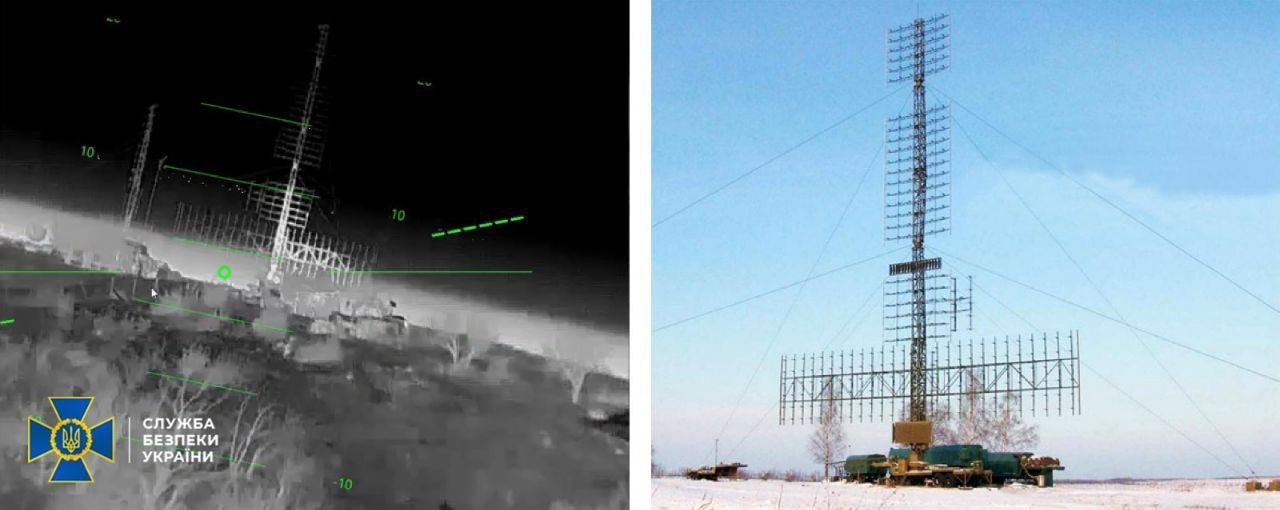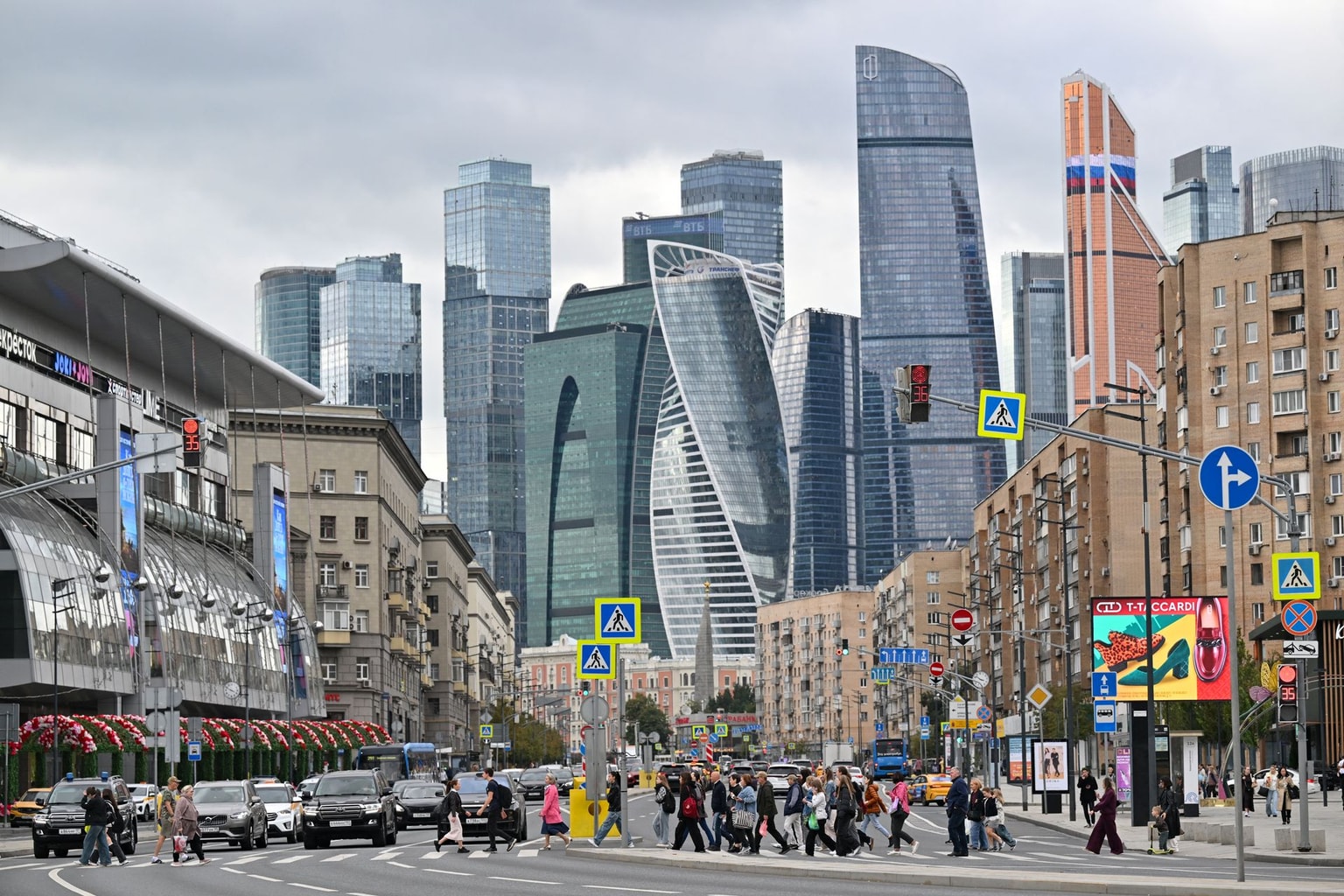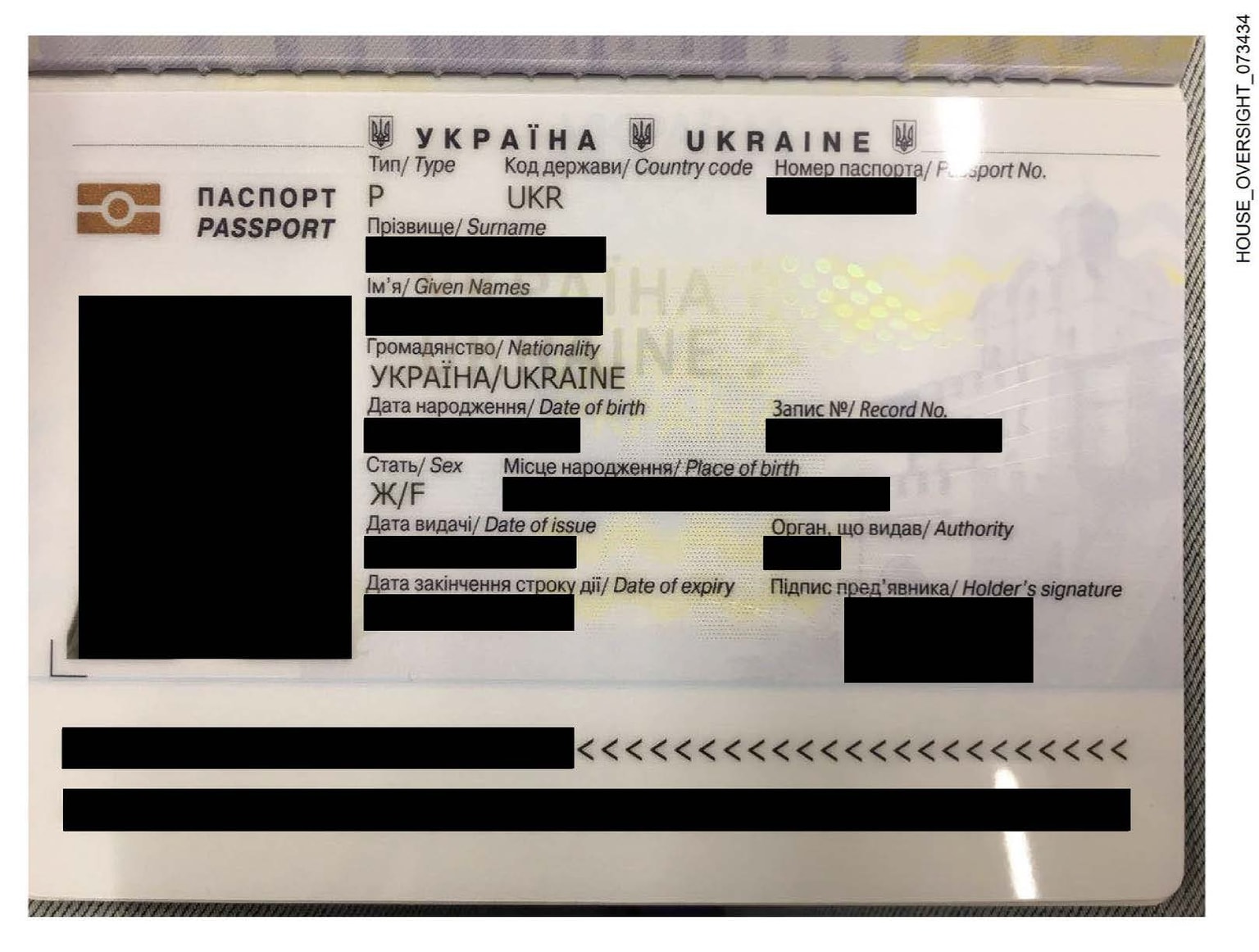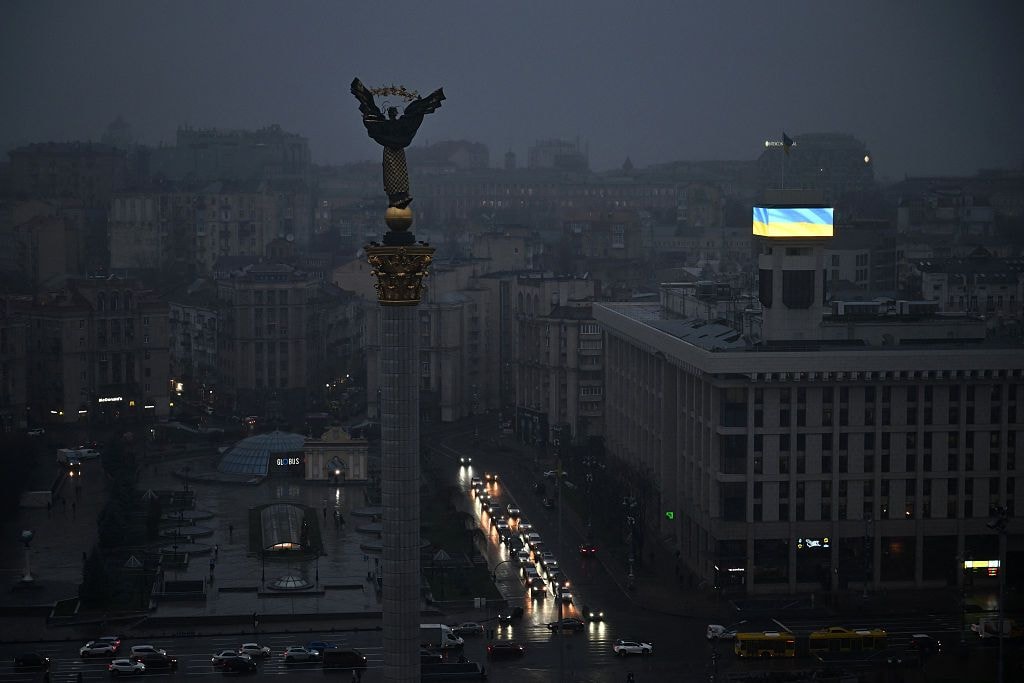UK Defense Ministry: Russia deploying 'vintage' tank models following heavy equipment losses
According to the U.K. Defense Ministry's intelligence update on March 6, the Russian military has been deploying 60-year-old T-62 main battle tanks as a result of continued heavy equipment losses.
Furthermore, there is a "realistic possibility" that the 1st Guards Tank Army, Russia's elite tank force, will be re-equipped with the T-62s, the U.K. Defense Ministry added.
According to the ministry, about 800 T-62s have been taken out of storage and equipped with better sighting systems that will "highly likely improve" their performance during nighttime operations.
The report also states that Russian BTR-50 armored personnel carriers, first fielded in 1954, have also been deployed in Ukraine in recent days.
According to the defense ministry, these older tank models are subject to "many vulnerabilities on the modern battlefield" due to the lack of modern explosive reactive armor.
According to the General Staff of Ukraine's Armed Forces, Russia has lost 3,423 tanks, 6,703 armored fighting vehicles, 5,307 vehicles and fuel tanks in Ukraine since the beginning of its full-scale invasion on Feb. 24, 2022.










